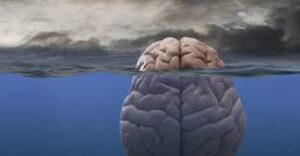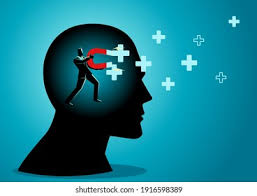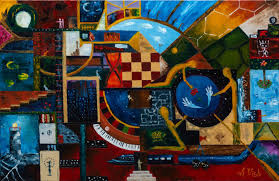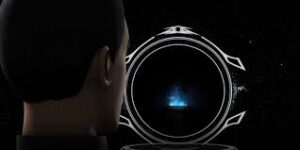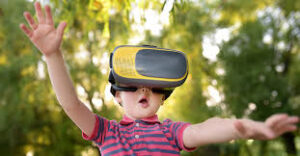Now wisdom comes from lessons learned in all of the domains of human interaction. I have mentioned the physical, the mental and the spiritual domains, to establish lines of discussion for us as we attempt to make ourselves understood. Naturally, these realms of understanding must surely overlap in some instances in the lives of individuals. We will likely discover where these domains merge as we conduct our experiments in the field.
To be healthy, in terms of these domains of learning, would imply that certain standards of creative manifestation would be consistently met within the overall context of the particular body we are using in the current incarnation.
The powers of creative thought with which we create the body and the world around the body have great leeway in creating health and disease according to lessons to be learned. For example: we may be currently incarnated in a body of physical health, relative to others who have no defects. Here we enter into the area of Value Fulfillment that I have described in previous Blogs.
It is not easy to assess any particular individual’s incarnational learning experiences using flimsy surface indicators. For example: a human with a major facial or other disfigurement might elicit a responding emotion of pity from another. Yet the Soul Self of this human may wear the disfigurement as “a badge of honor.” For Souls may CHOOSE these types of lives to learn their lessons quickly, due to the high-emotionality involved in living a life with honor and acceptance within a disabled physical form is explored in earnest. Soul Wisdom is earned through such a life lived.
Now the opposite, of course, is also true. Lessons regarding living a “charmed life” are in store for all who inhabit the Third-Dimension. All That Is seeks to know through the experience of Souls, both the exalted and the mundane. No experience is better or worse than another. Again I refer to my previous discussions on Value Fulfillment for more light on this matter.












